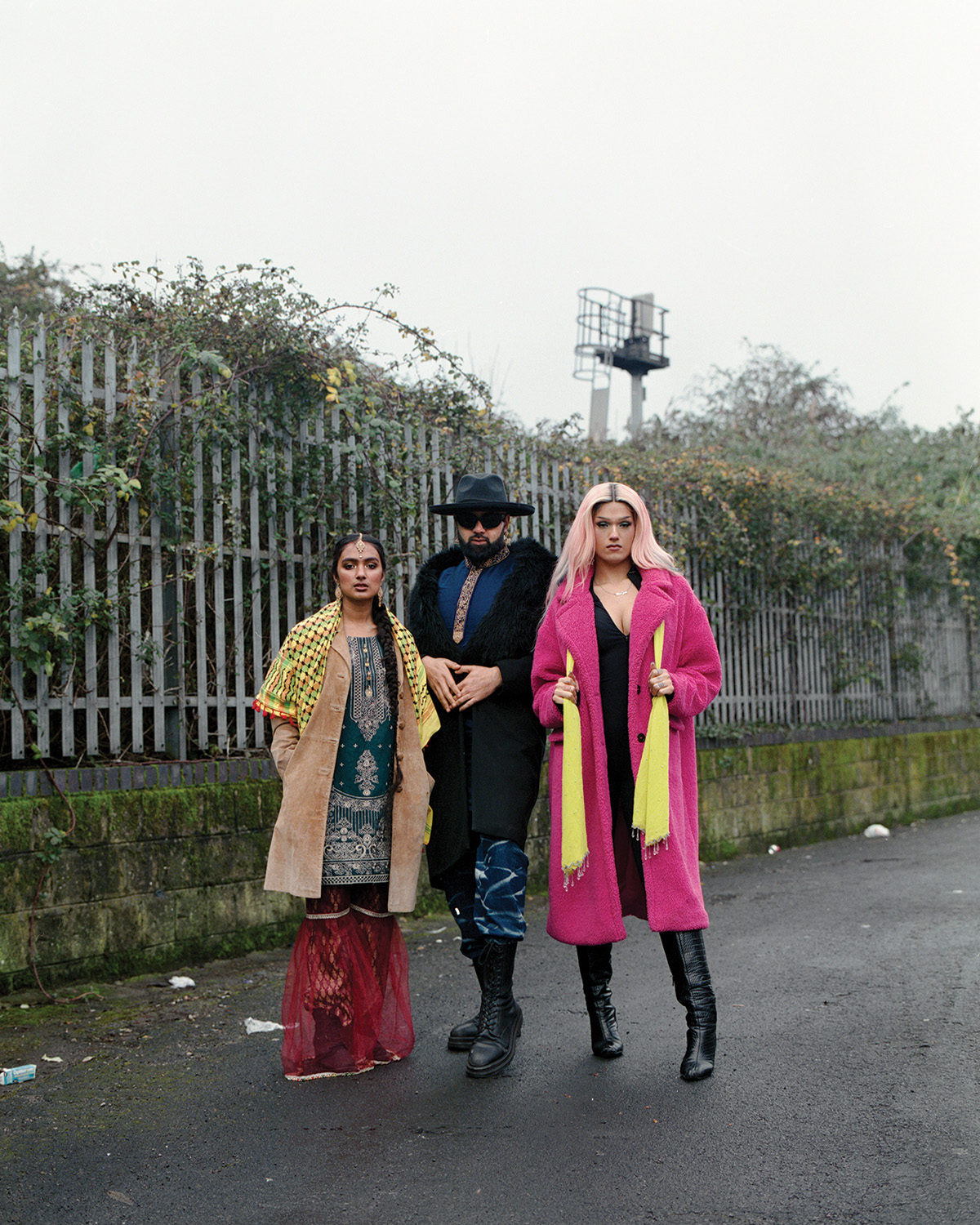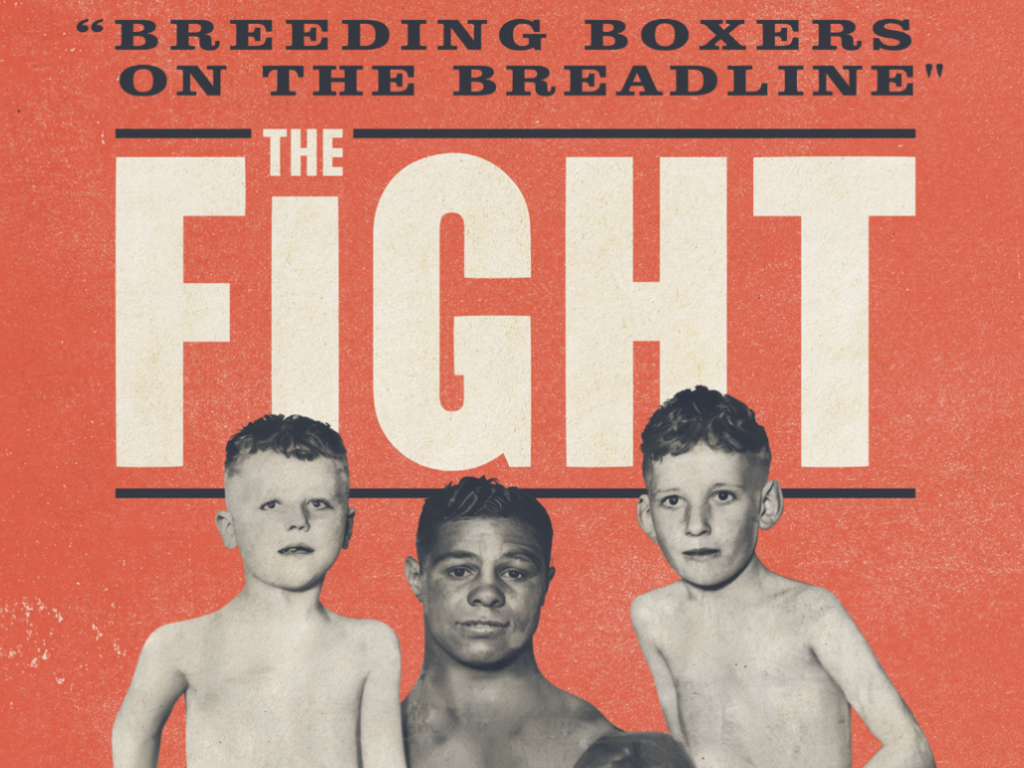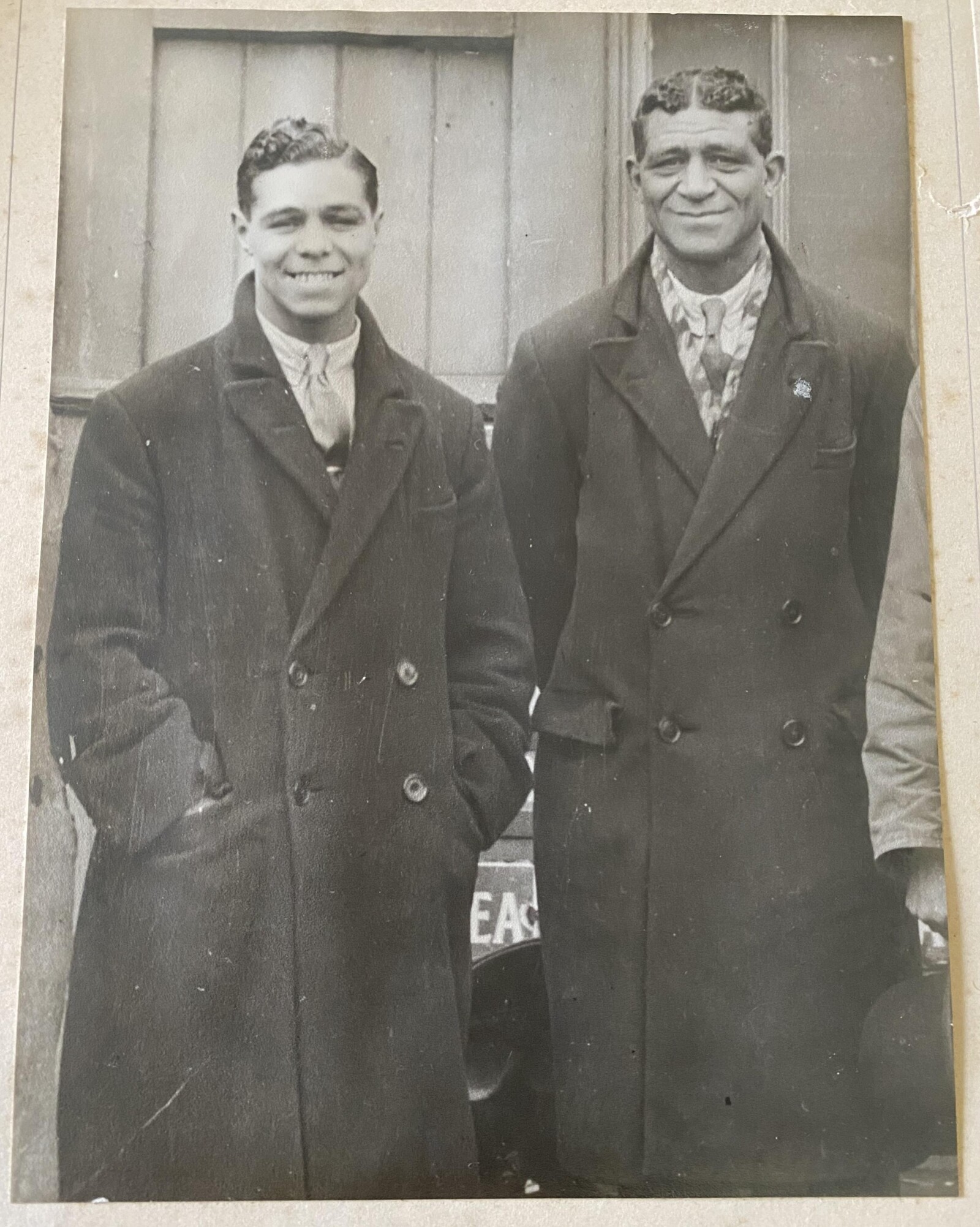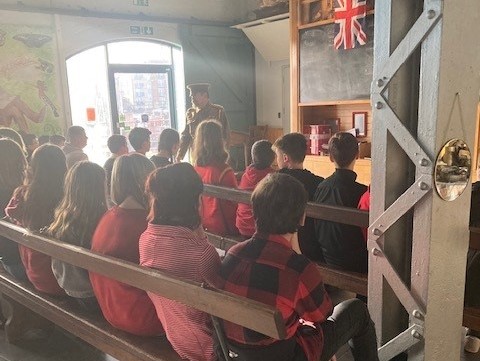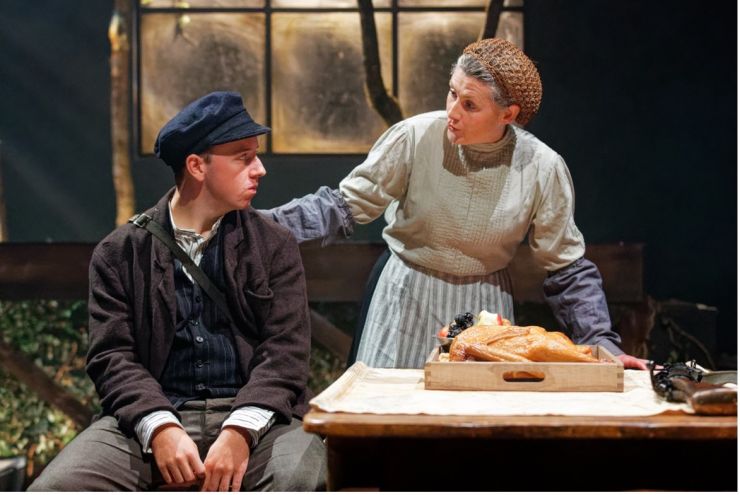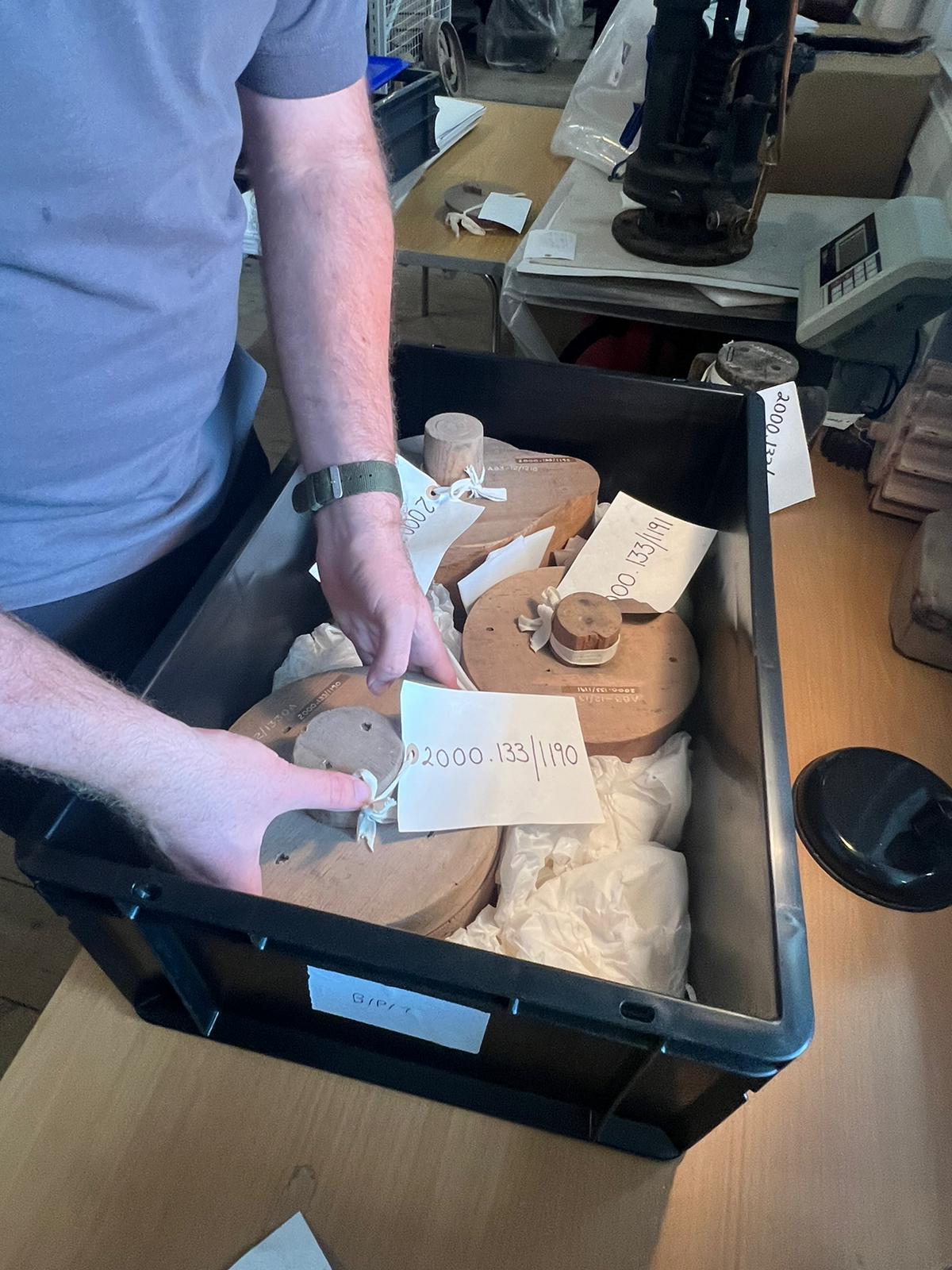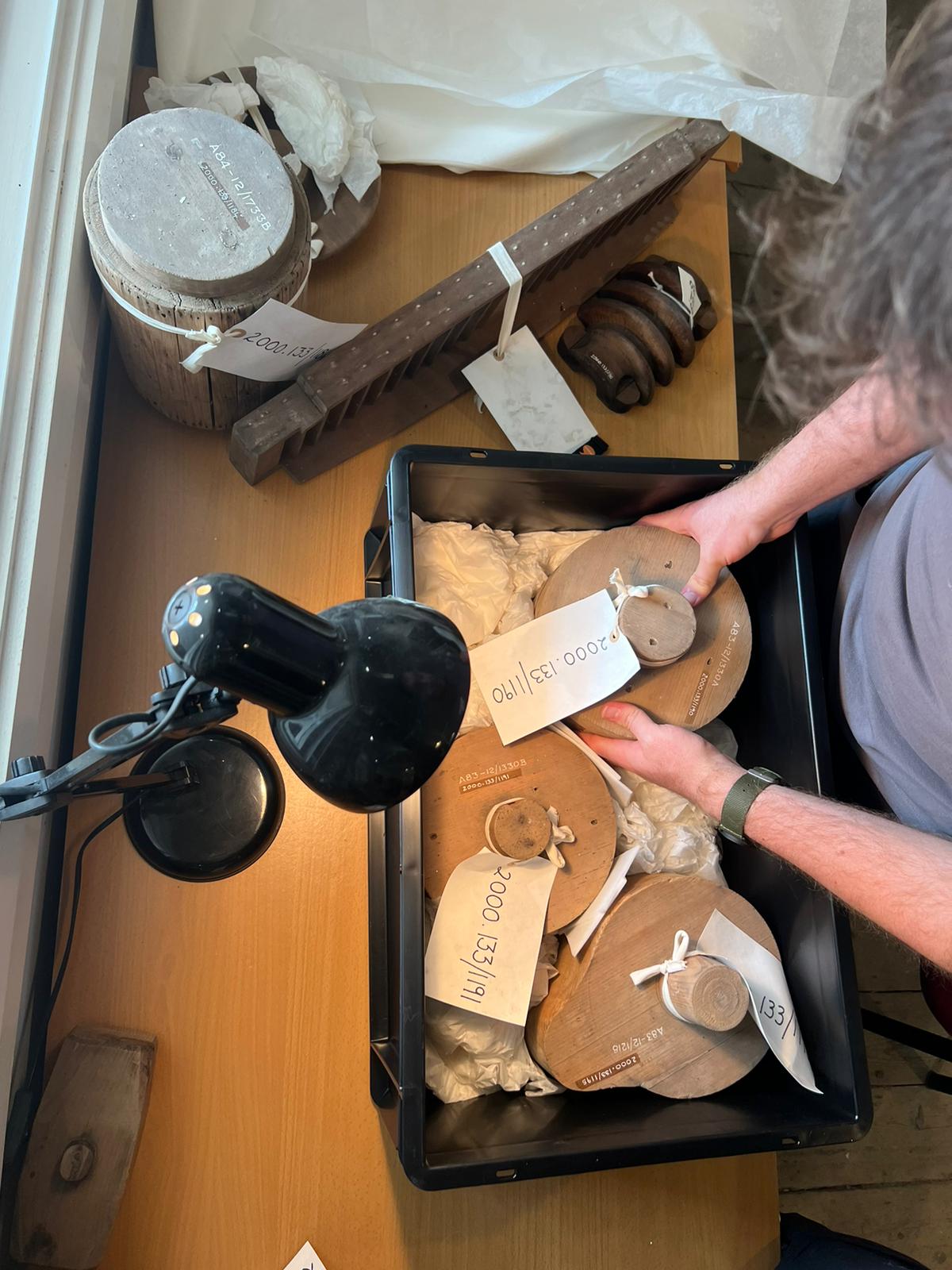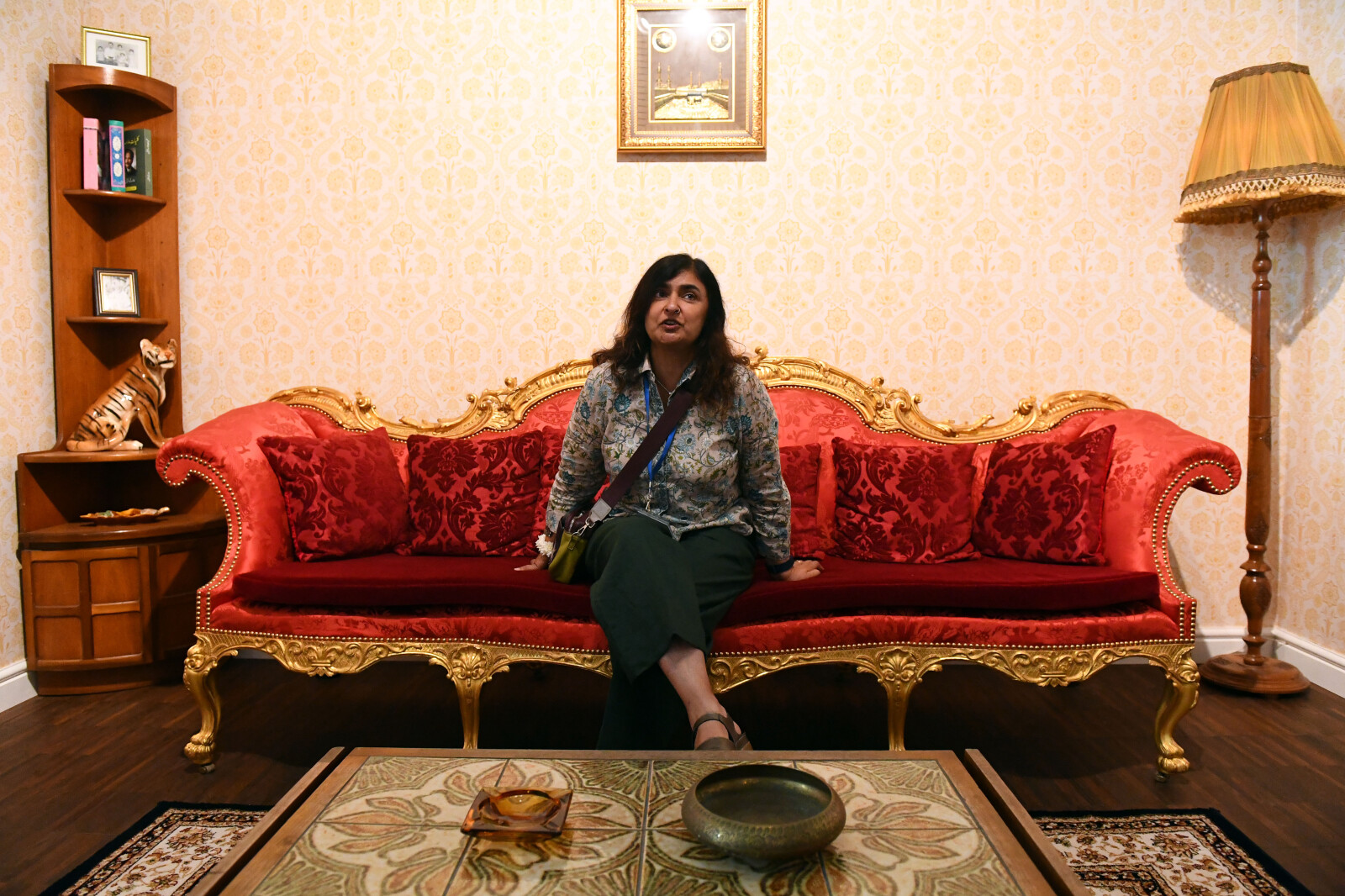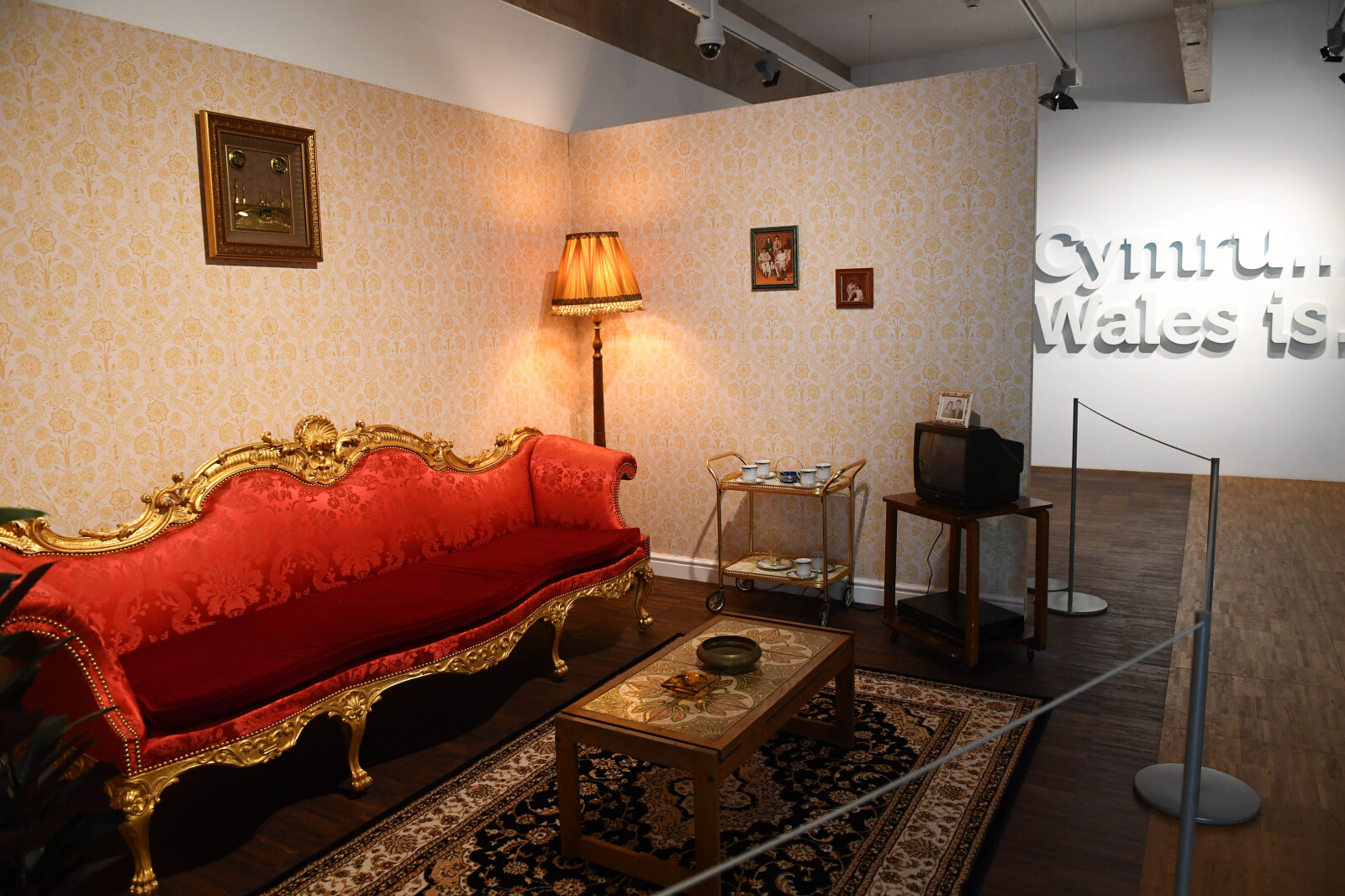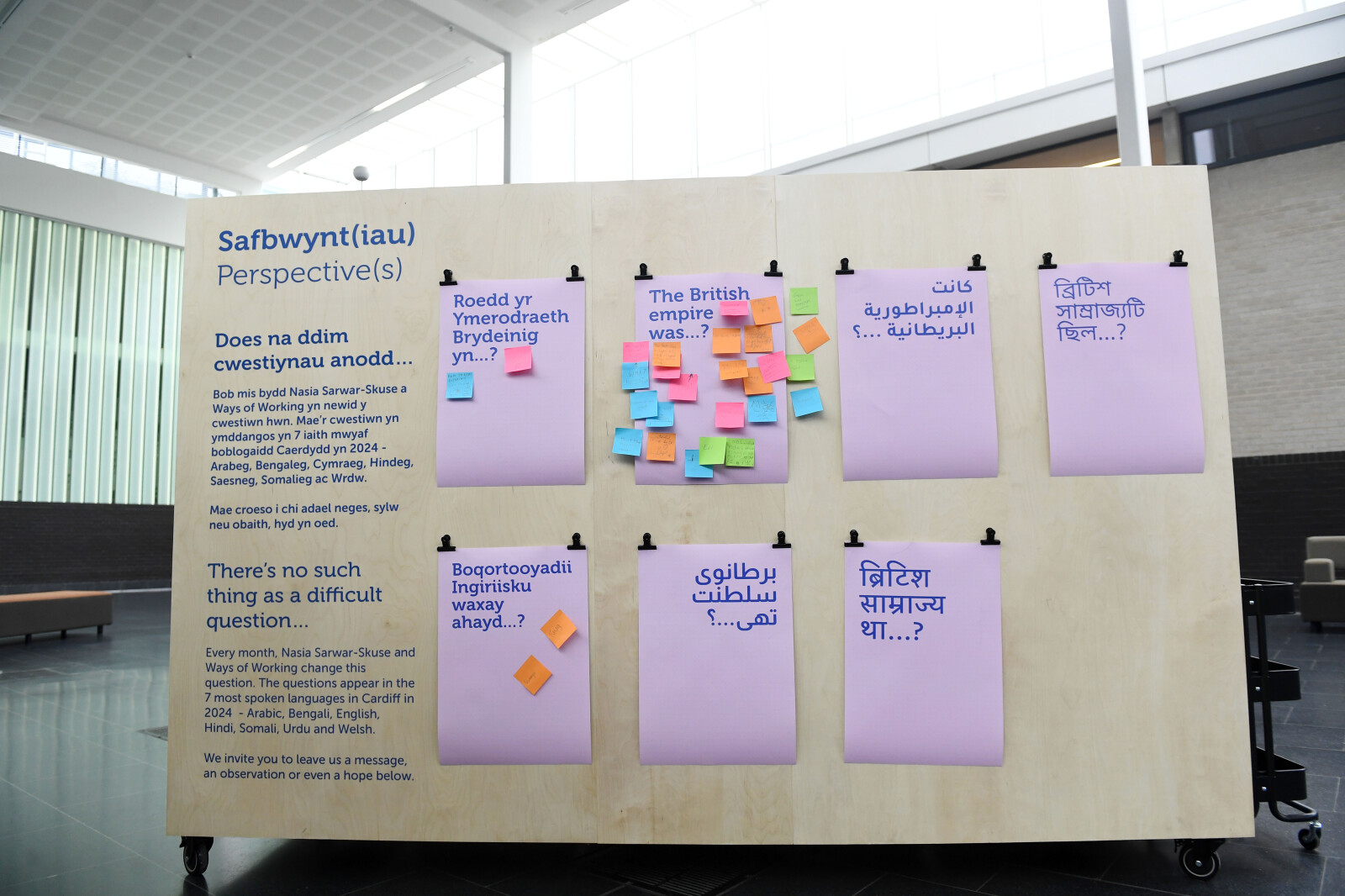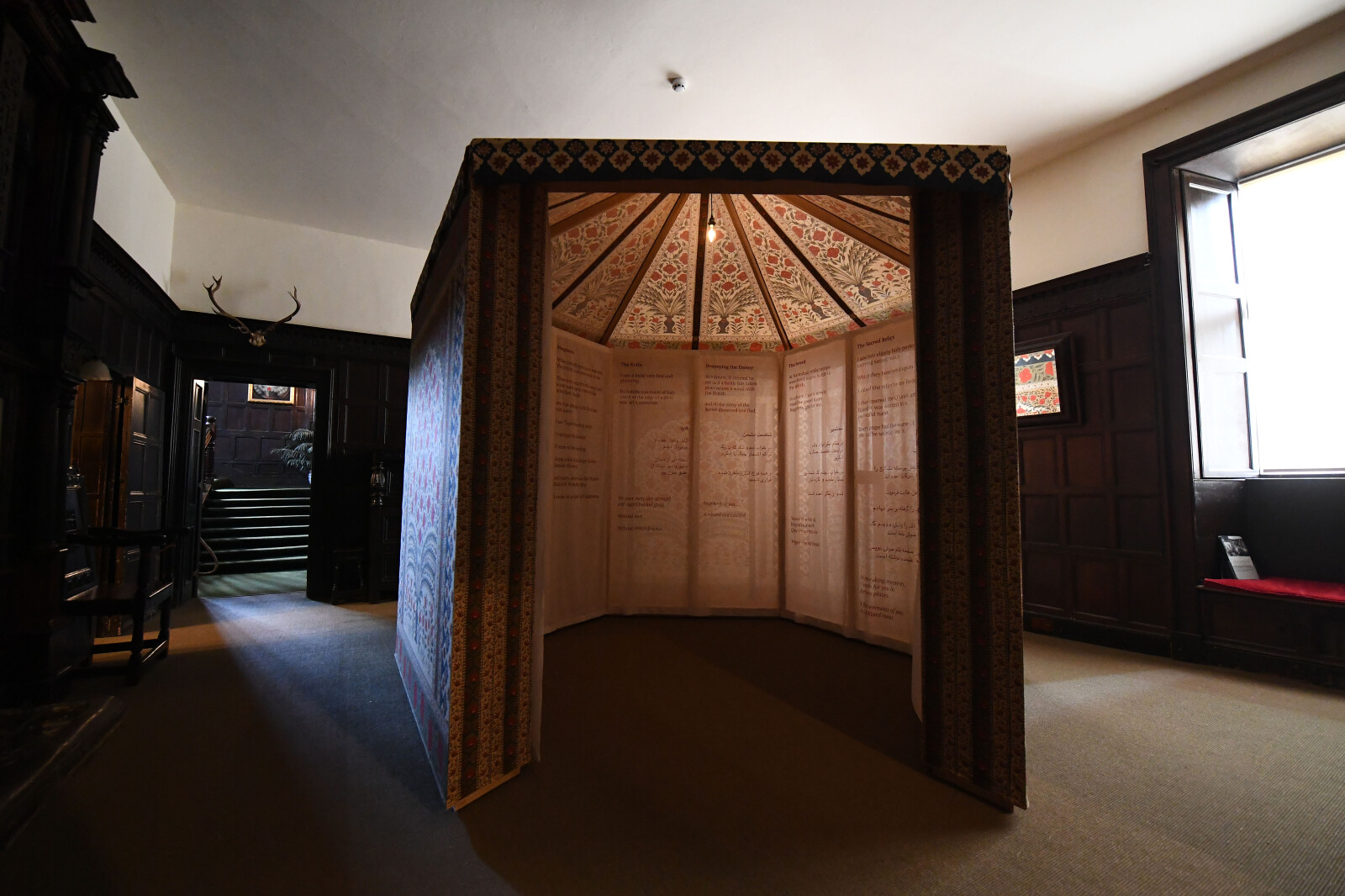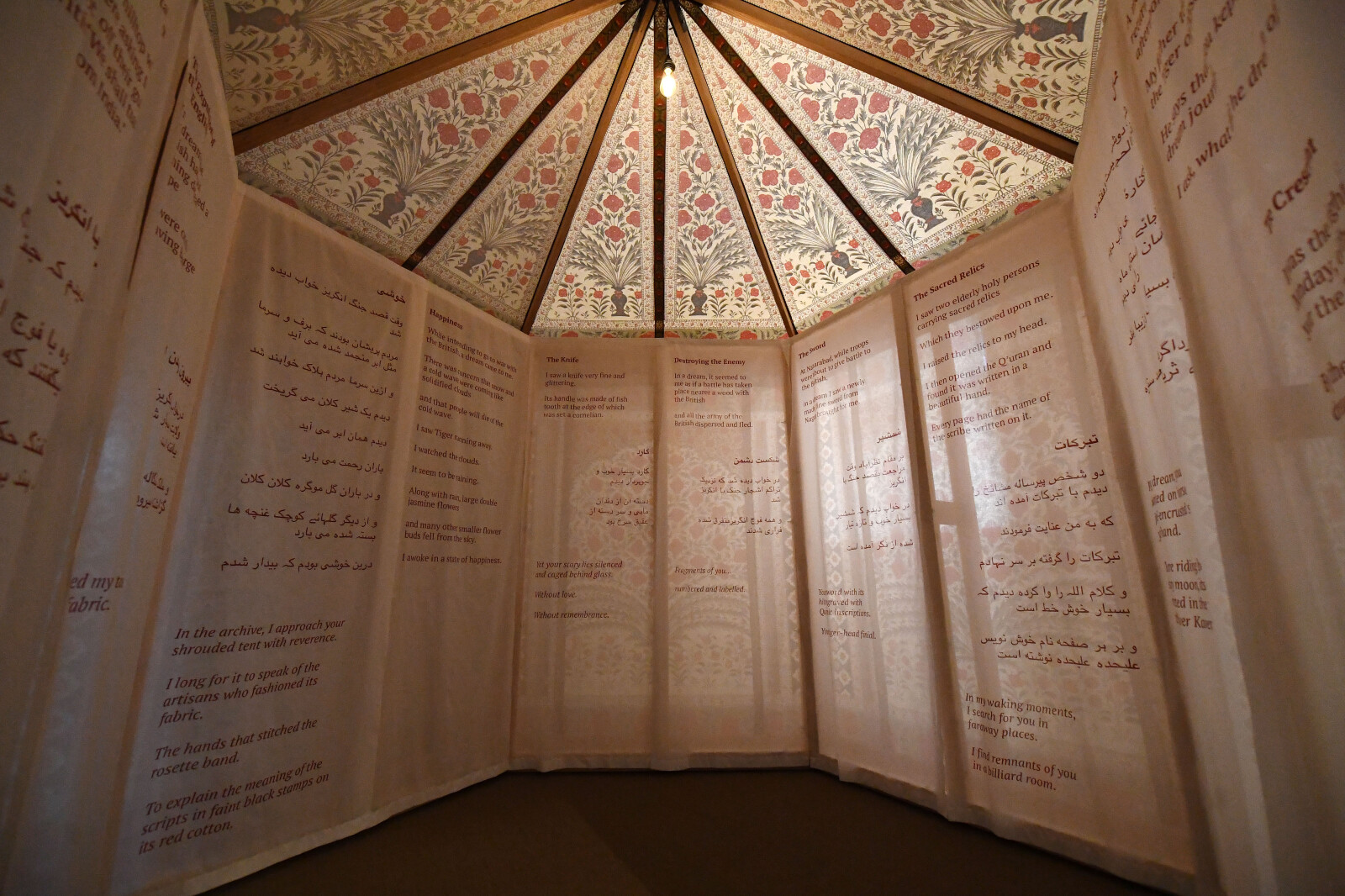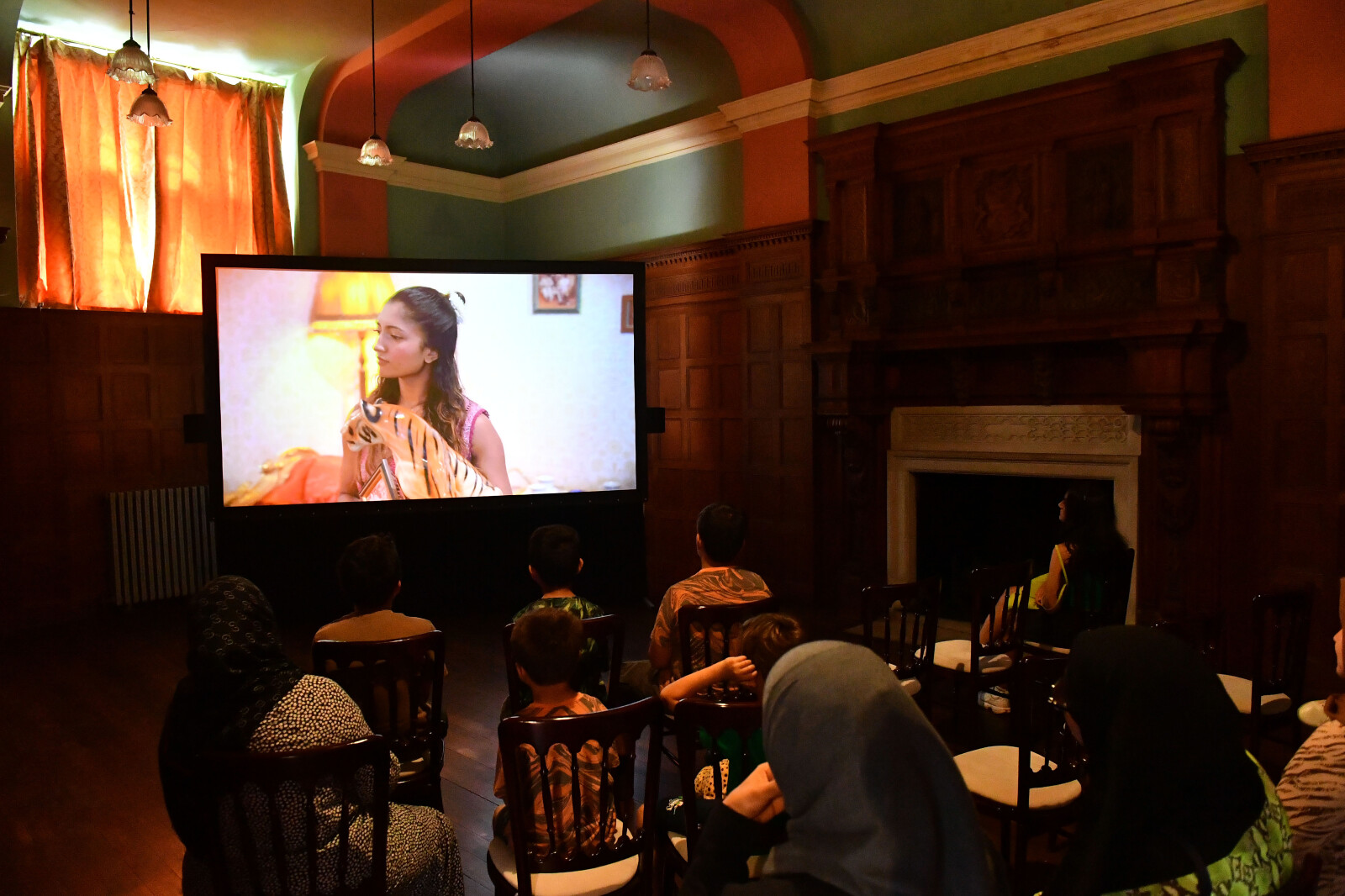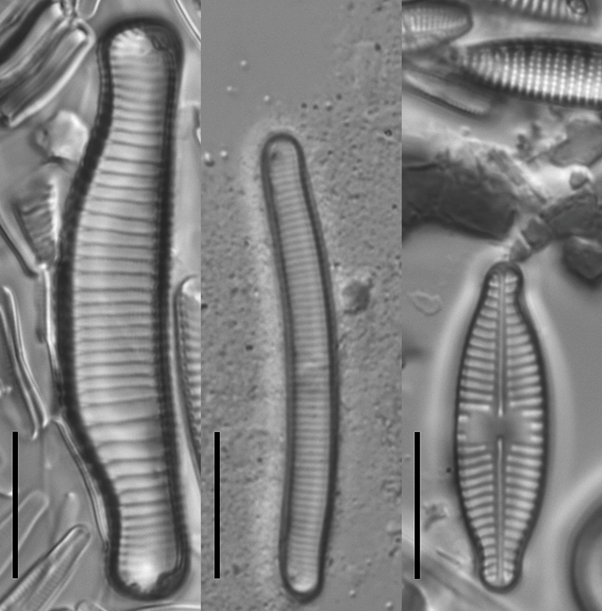Ours to Tell
, 25 September 2024
When it came to writing this article, my thought space had been taken to the theme of journeys; the unknown ground between a beginning and an ending. My journey as a young producer for Bloedd’s latest project, an LGBTQIA+ oral histories exhibition, has been a nearly yearlong one. What began as conversation in a shared space containing mutual interests and passions, defined the nucleus of my work here. The beginnings of this time had been an unpacking of what we felt as a collective was important to represent for an upcoming exhibition. We knew from the jump that we wanted to represent voices that may often go unheard; those whose experience may not be recounted upon by the mainstream perception of what it means to live an LGBTQIA+ life.
Moving away from the typical portrait of queerness being a thrown brick in protest, that while important, we are more than our fight for freedoms; our stories can be found in the everyday, in the places we visit, the jobs we keep, the people we love and share our lives with. The given name of this exhibition, Ours to Tell, came only after we had completed our collection of stories, the self-described journey we undertook over several months of visits and interviews, holding dialogue with well over fifty years of experience. But what is in a name? Ours to Tell is a reclamation. It’s our way of saying “here is a story, told by a firsthand account of the storyteller”. It’s our way of saying “these words are cut from a book hidden away in the attic of my mind. I’ve ventured into the attic, and I’m dusting it off for you.” It’s our way of saying “this is where I come from”.
While the journey of this project has been underpinned by a great deal of planning and preparation, what you can’t prepare for is what you might uncover in someone else’s story. You commit to the routine of presenting a series of questions, from you to the storyteller, with only a table between you. It comes as a surprise the level of detail, which is excavated by the storyteller, they are like a hoarder being handed a stepladder, invited to dig up their stowed away possessions from the attic. Your questions are prompts: “when did you first see your identity reflected in someone else?”, “what does a safe space look like to you?”, the list goes on. The exciting part is that you don’t know what’s coming next, and you are there, alongside the storyteller, who guides you through a journey which may well bring up a familiarity or nostalgia for the listener. During these times when I’ve had the great pleasure to listen to these stories, I can confidently say that I have felt every kind of emotion in response. I laughed. I have cried. I have been moved. I have been taken on a journey.
Enabling the participants of this project to confidently speak about their experiences has proved an undeniable joy, though I cannot understate how this project has affected those coordinating its launch. Fellow young producer Joss Copeman, like me had been drawn to this exciting opportunity, Copeman’s “personal work is largely centred around queer narratives and themes of identity and the self.” The journey which unfolded from Ours to Tell has been greatly beneficial, as it pertains to young LGBTQIA+ creatives and makers, taking inspiration from unheard voices, now affected and transformed by echoes of their experience. This is a feeling I know will resonate with the audience, and I can only hope it will stir others in future, to share what might be put away, gathering dust in the attic.
I’d like to conclude with a quote that shook me like a cat in a tree, “Art is not just for oneself, not just a marker of one’s own understanding. It is also a map for those who follow after us.”
Written by Ivy Kelly, Amgueddfa Cymru Producer (Bloedd).
Bloedd is the platform for youth engagement at Amgueddfa Cymru.
